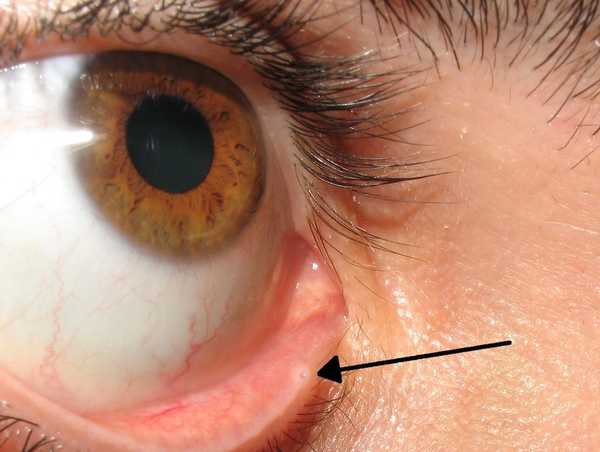Is It Normal To Have A Weird Taste After Putting In Eye Drops?
You’ve just got your vision corrected! You go to put your eye drops in and Yuck! you get this weird taste in the back of your throat! What is going on?!
Strangely enough, you are actually tasting the eye drop. Also, this is very normal. When we put eye drops in the eyes, we actually put too much volume onto the surface of the eye. In fact, the eye can only support about half of the eye drop. The rest of the eye drop either drips down your cheek, gets blotted out or leaves through the eyes’ own natural drain system. Right in the corner of your eyelids are tiny little holes called punctum. These holes actually form a drainage system right into your nose. So excess tears or eye drops will flow into your nose. Now, the back of the nose actually forms a connection with the back of your throat. Thus, excess eye drops can actually flow into the back of your nose and down your throat causing you to taste the eye drop!

There really isn’t anything to worry about if you do start to taste your eye drops. Nothing bad is going to happen, it’s just not a pleasant taste. If this unpleasant taste is bothersome, you can actually prevent a lot of it from happening. The trick is to block the excess drop from draining into your nose. By applying pressure right at the corner of your eye lids near your nose you can actually close off the tiny canals and prevent the eye drops from draining out of the eye. Now you know!
Related Articles
Also check out EyeMountain.com for more great eye articles
Please note: The general information provided on the Website is for informational purposes only and is not professional medical advice, diagnosis, treatment, or care, nor is it intended to be a substitute therefore. See the Disclaimer and Terms of Use for more information
